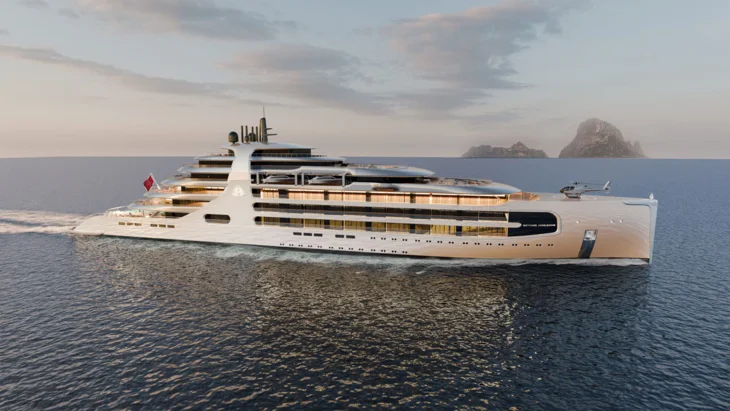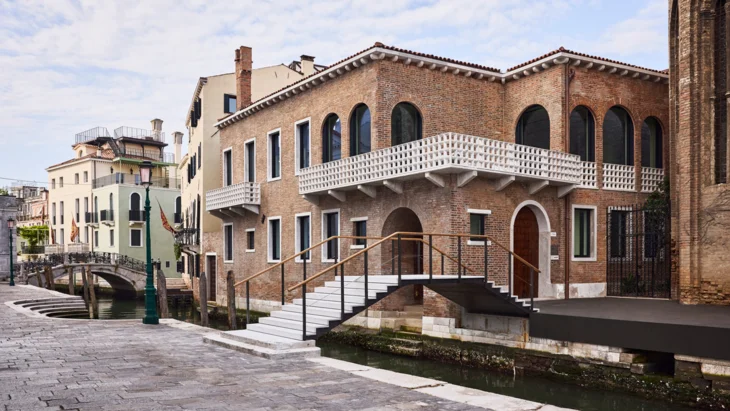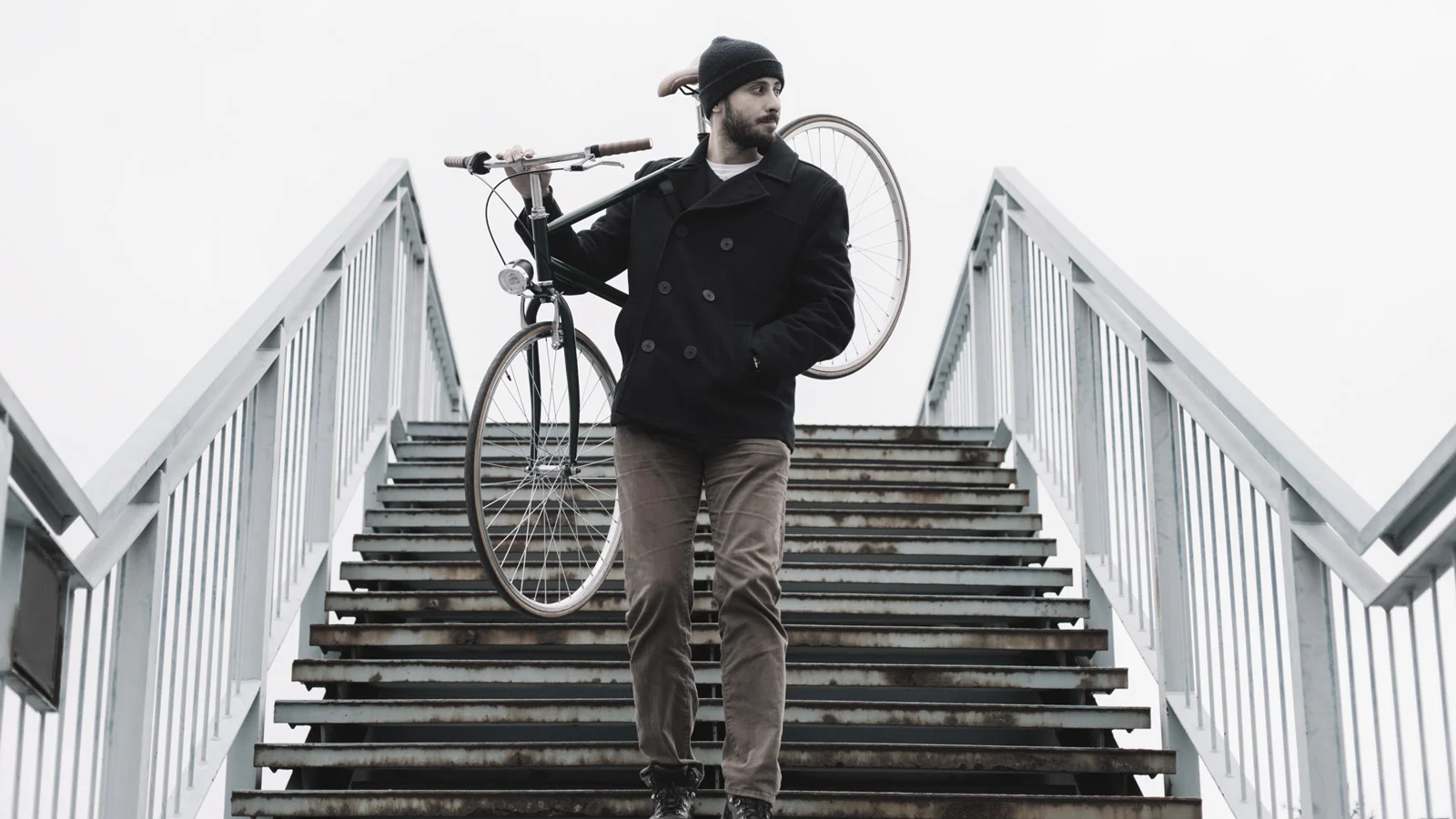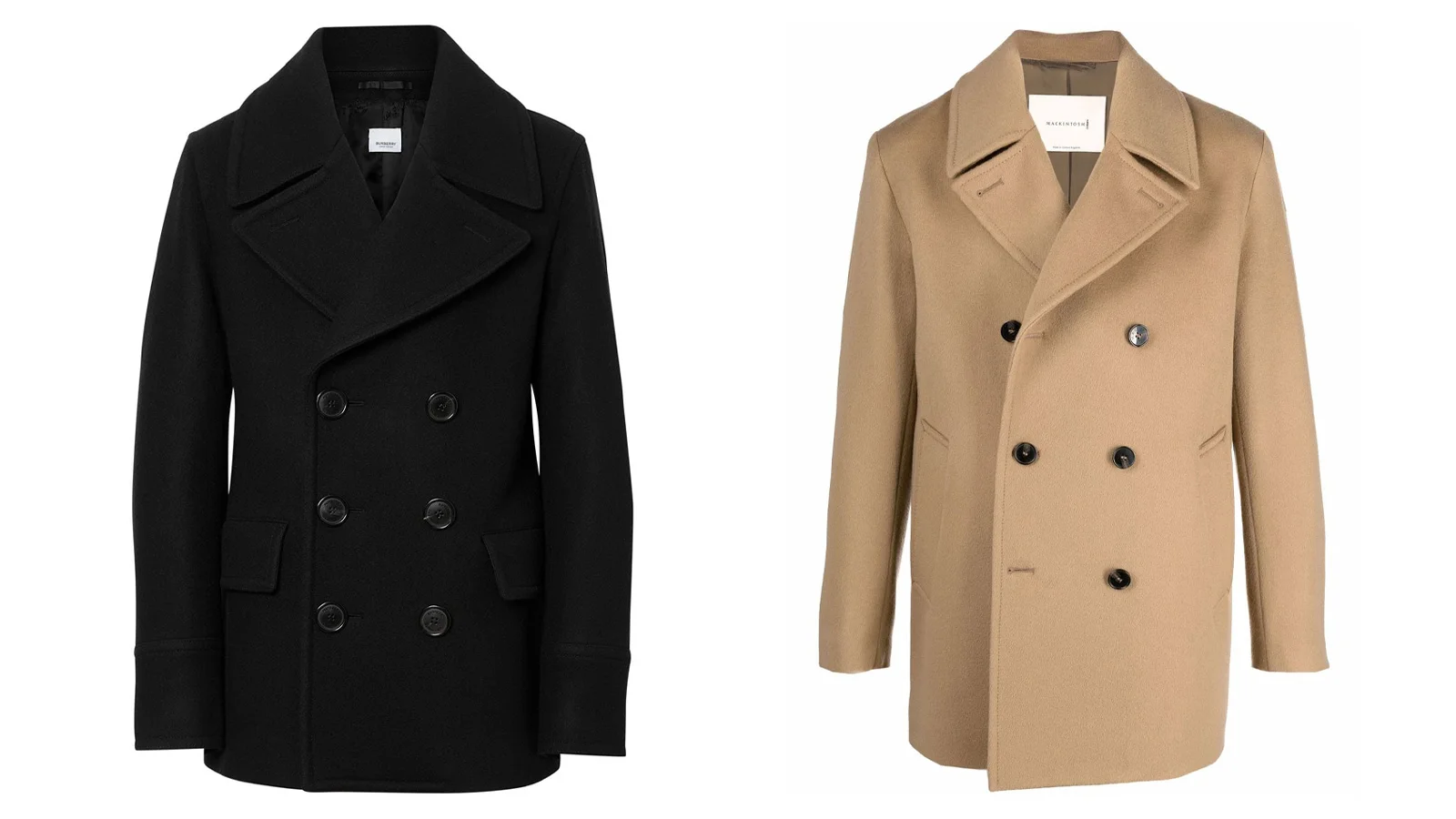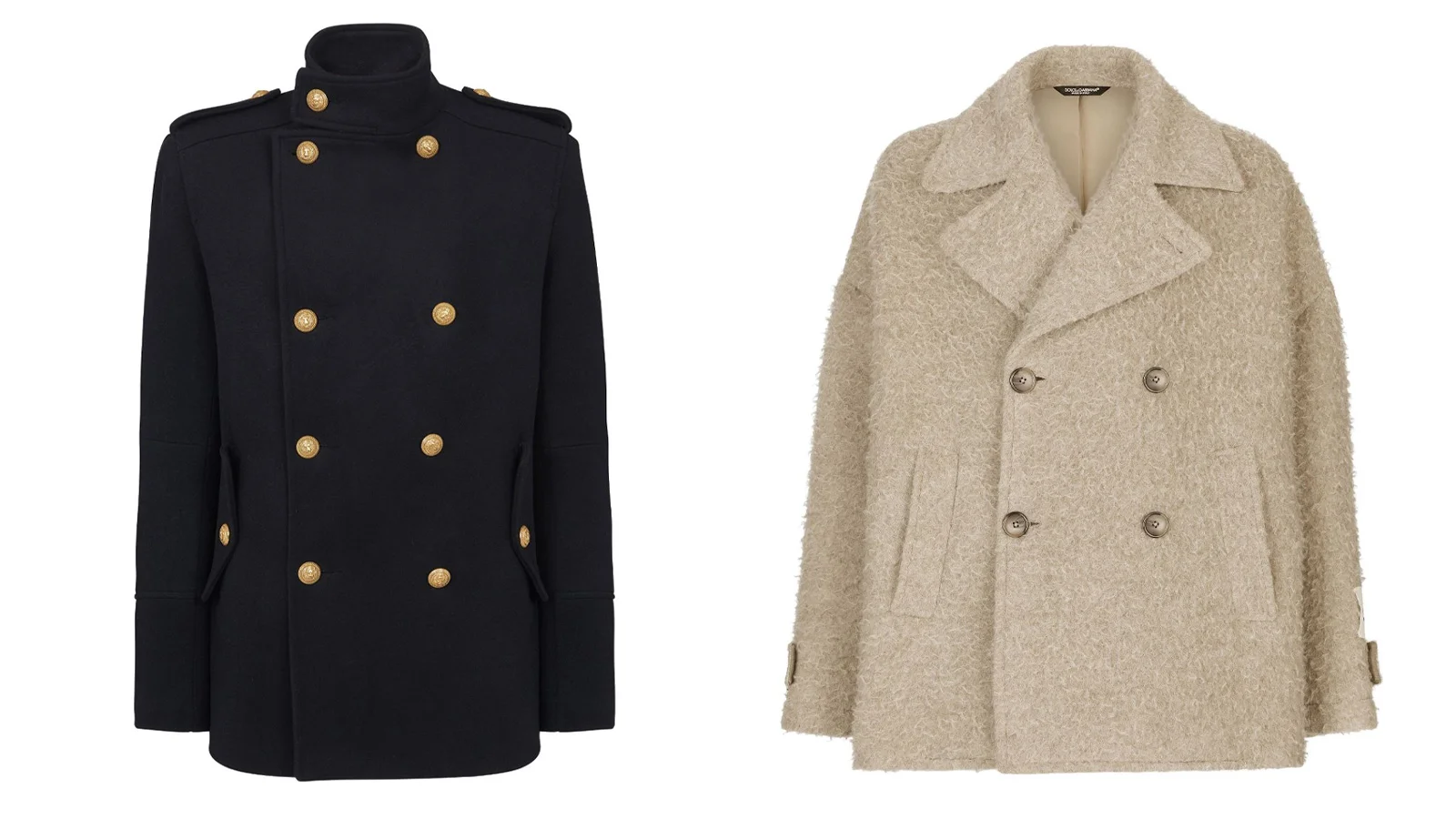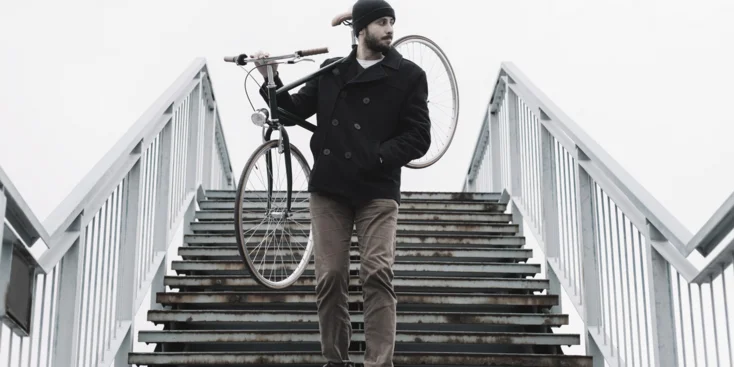

We are used to calling this double-breasted jacket of thick fabric with rows of shiny buttons a ‘peacoat’, although its original name is ‘pijjekker’, which means ‘a jacket made of piji fabric’ in Dutch
This outwear made of coarse twill protected Dutch sailors from the cold and wind at sea. Maritime traffic made it popular in different countries, and in 1857 this Dutch jacket became a piece of the Royal Navy uniform. The English version was called a pea coat and was made with tin buttons with an emblem of an anchor and of navy colour – most noble and least easy to get dirty.
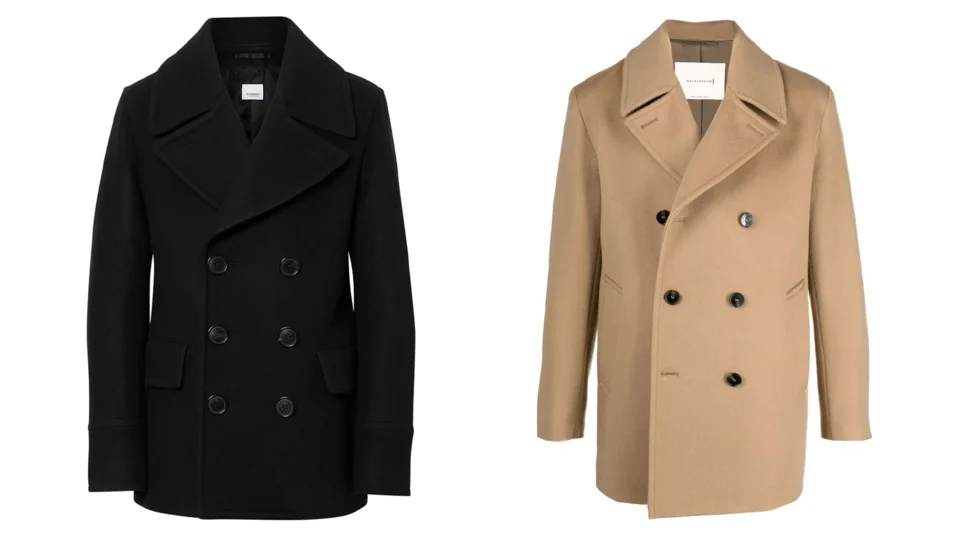
The peacoat became an item of the navy uniform all over the world. Its length, number of buttons, pockets and colour varied in each country greatly. But the thick and coarse woollen fabric, the large collar that can be turned up and two rows of buttons with anchors stayed invariable.
Since the middle of the 20th century fashion designers all over the world started looking at the peacoat more closely. The first one to adapt this practical military uniform element to civilian life was Yves Saint Laurent. In 1962 he presented his collection of peacoats created for Christian Dior fashion house in Paris. The show was a sensation, and since that time the peacoat has been on the catwalk many times and taken its place in fashionable wardrobes of both men and women. Wool or denim, plain or with bright contrasting details – from an element of uniform it turned into a winter wardrobe essential.
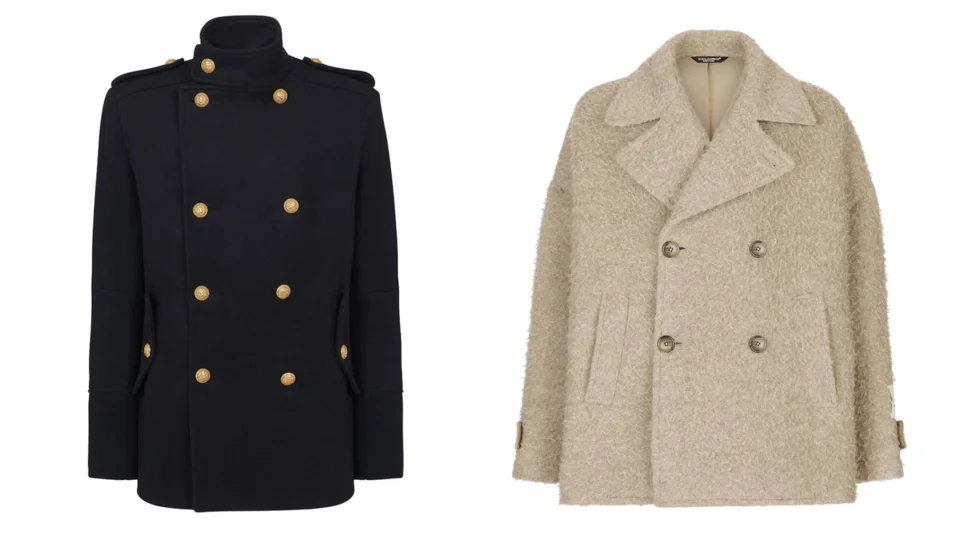
This season designers recommend wearing peacoats with formal clothes, with a jacket or a shirt and Oxford shoes in dark colours. At the same time a peacoat remains an excellent fit for relaxed leisure time. Paired with a thin jumper or a knit cardigan it will be absolutely indispensable when the cold weather sets in.
You have successfully subscribed to our newsletter



